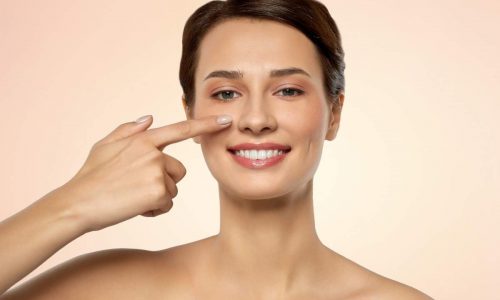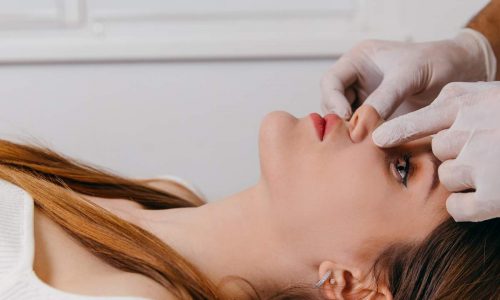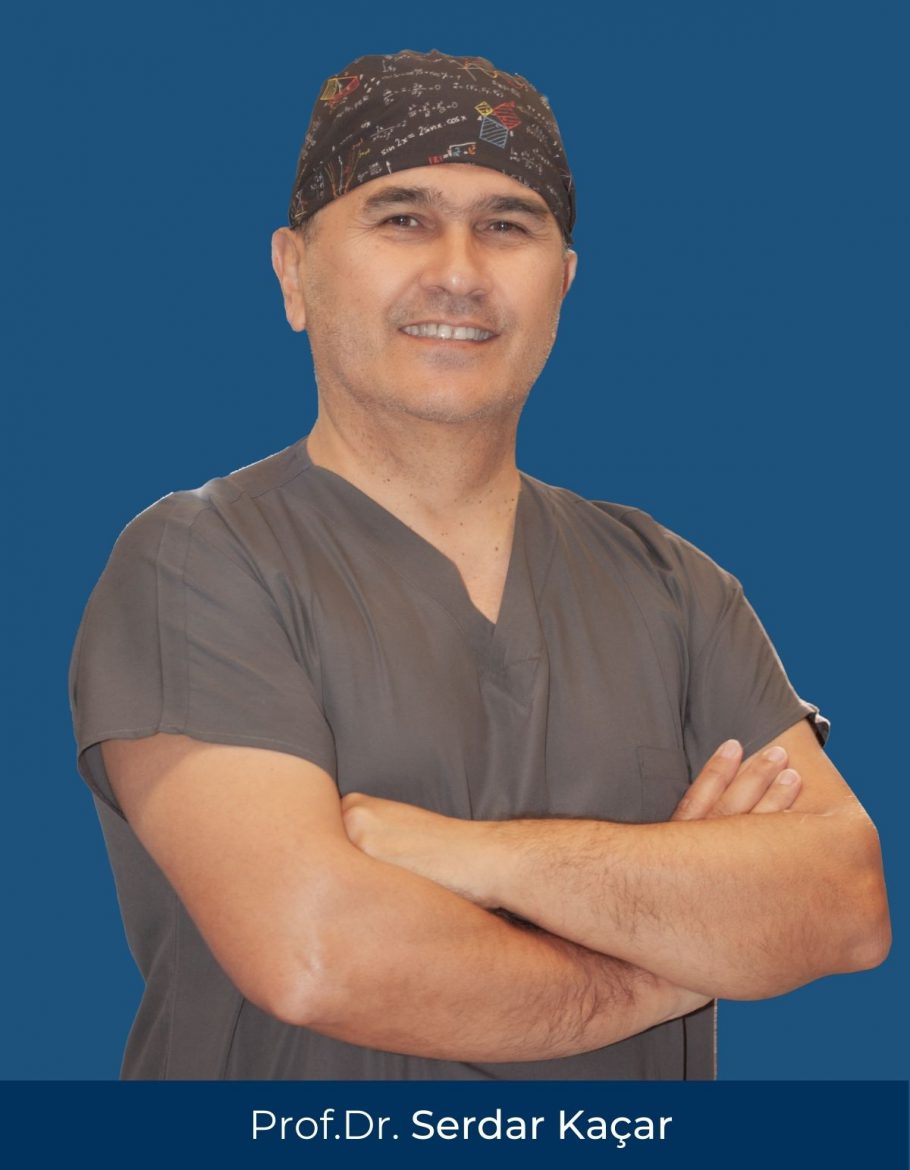Get the nose you've always wanted with Rhinoplasty
Rhinoplasty is a cosmetic surgical procedure that aims to improve the appearance of the nose. It is also known as nose reshaping or nose job. The procedure involves altering the shape, size, and structure of the nose to enhance its appearance and improve its function.
Rhinoplasty can be performed for a variety of reasons, including correcting a deviated septum, improving breathing, or enhancing facial aesthetics. The procedure involves making incisions inside or outside the nose, depending on the type of rhinoplasty. The surgeon then reshapes the bone and cartilage to achieve the desired result.
Rhinoplasty is a popular procedure that can have a significant impact on a person’s self-confidence and overall appearance. It is important to choose an experienced and qualified surgeon to ensure the best possible results.
- 4 Star Hotel Accommodation (Inc. Breakfast)
- VIP Transfer Services
- All Necessary Tests
- FREE Consultation
- 24/7 Live Support
- Personal Advisor
- Online Support
- 1 Night Hospital Stay


Which Methods are Used in Rhinoplasty?
There are two main methods used in rhinoplasty: open rhinoplasty and closed rhinoplasty.
In closed rhinoplasty, incisions are made inside the nostrils, making them invisible after healing. The surgeon then reshapes the bone and cartilage through these incisions.
Open rhinoplasty involves making an additional incision on the columella, the small strip of tissue that separates the nostrils. This allows the surgeon to lift the skin and better access the underlying structures of the nose.
Closed rhinoplasty is a surgical procedure in which incisions are made inside the nostrils to access and reshape the bone and cartilage of the nose. This approach allows for a more limited access to the nasal structures, but results in less visible scarring and a shorter recovery time than open rhinoplasty. Closed rhinoplasty is generally recommended for patients who require only minor adjustments to the nose or who have a relatively uncomplicated nasal structure.
The choice of method depends on the individual patient’s needs and the surgeon’s preference. Both methods have their advantages and disadvantages, and your surgeon will help you choose the best approach for your particular case.
Our Team

Prof. Dr. Serdar Kaçar
Frequently asked questions
About Rhinoplasty
No, it’s not important. However it is generally recommended to avoid having the procedure done during the hot summer months, as the heat and humidity can increase swelling and discomfort. Similarly, the cold and dry winter months can also be challenging for rhinoplasty patients, as dry air can cause discomfort and irritation in the nose. Spring and fall are often considered the best times to undergo rhinoplasty, as the weather is milder and less extreme. Your surgeon can provide specific recommendations based on your individual circumstances and needs.
The expected duration of the healing period for rhinoplasty surgery can vary depending on the extent of the procedure and the individual patient’s healing rate. Typically, patients can expect to experience swelling and bruising for several days following surgery, with most of the swelling subsiding after two weeks. However, it can take up to a year or more for the final results to fully develop. During this time, it is important to follow your surgeon’s post-operative care instructions, including avoiding strenuous activities and protecting your nose from injury. Your surgeon can provide specific guidance on what to expect during your recovery period.
After rhinoplasty, it can take several months or even up to a year for the final outcome of the procedure to be fully visible. Swelling is a normal part of the healing process and can affect the appearance of the nose during this time. The majority of swelling will subside within the first few weeks following surgery, but subtle changes in the nose’s appearance may continue for several months. Your surgeon will provide you with specific guidance on what to expect during your recovery period and when you can anticipate seeing the final outcome of your rhinoplasty procedure.

